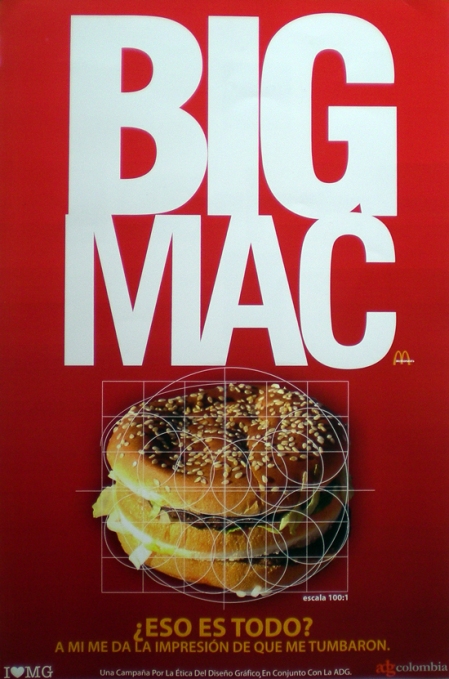Propuesta de Juan Enrique Hernández y Juan Camilo Serrano.
Propuesta de Juan Galvis, Nicolás Peñuela y Camilo Díaz
Haga click en las imágenes para ver las otras propuestas.
10
TELL THE TRUTH.
A butcher was opening his market one morning and as he did a rabbit popped his head through the door. The butcher was surprised when the rabbit inquired ‘Got any cabbage?’ The butcher said ‘This is a meat market – we sell meat, not vegetables.’ The rabbit hopped off. The next day the butcher is opening the shop and sure enough the rabbit pops his head round and says ‘You got any cabbage?’ The butcher now irritated says ‘Listen you little rodent I told you yesterday we sell meat, we do not sell vegetables and the next time you come here I am going to grab you by the throat and nail those floppy ears to the floor.’ The rabbit disappeared hastily and nothing happened for a week. Then one morning the rabbit popped his head around the corner and said ‘Got any nails?’ The butcher said ‘No.’ The rabbit said ‘Ok. Got any cabbage?’
The rabbit joke is relevant because it occurred to me that looking for a cabbage in a butcher’s shop might be like looking for ethics in the design field. It may not be the most obvious place to find either. It’s interesting to observe that in the new AIGA’s code of ethics there is a significant amount of useful information about appropriate behaviour towards clients and other designers, but not a word about a designer’s relationship to the public. We expect a butcher to sell us eatable meat and that he doesn’t misrepresent his wares. I remember reading that during the Stalin years in Russia that everything labelled veal was actually chicken. I can’t imagine what everything labelled chicken was. We can accept certain kinds of misrepresentation, such as fudging about the amount of fat in his hamburger but once a butcher knowingly sells us spoiled meat we go elsewhere. As a designer, do we have less responsibility to our public than a butcher? Everyone interested in licensing our field might note that the reason licensing has been invented is to protect the public not designers or clients. ‘Do no harm’ is an admonition to doctors concerning their relationship to their patients, not to their fellow practitioners or the drug companies. If we were licensed, telling the truth might become more central to what we do.
En el sitio de Milton Glaser se pueden leer las 10 lecciones.


Deja un comentario